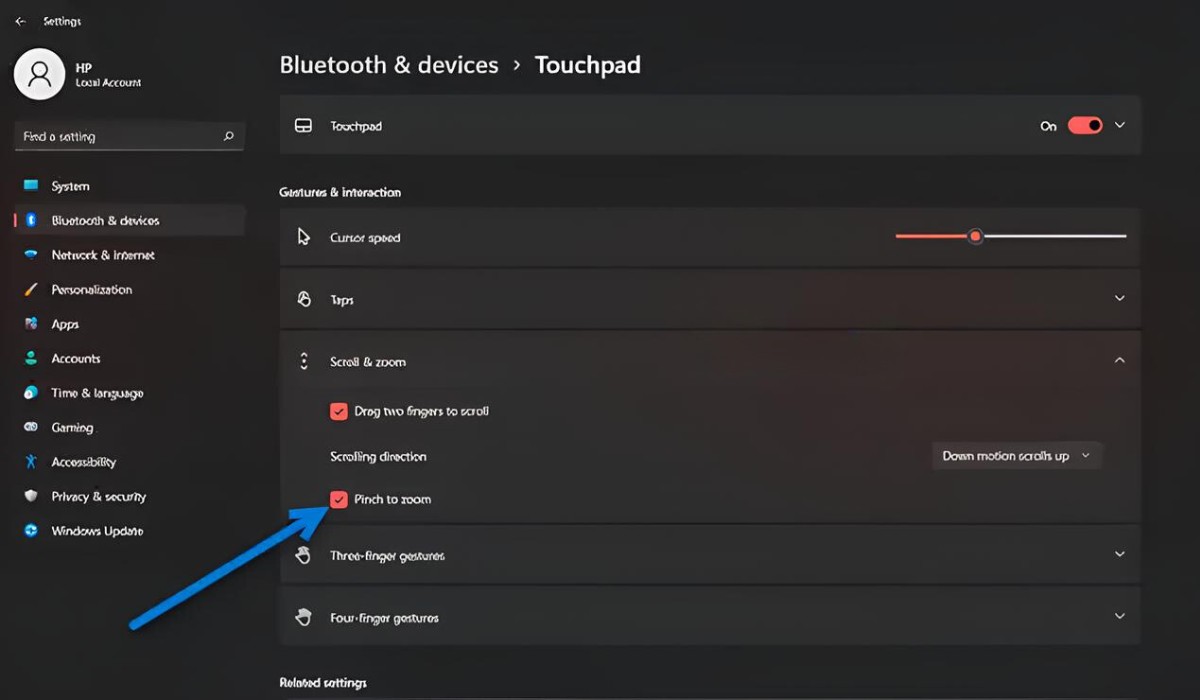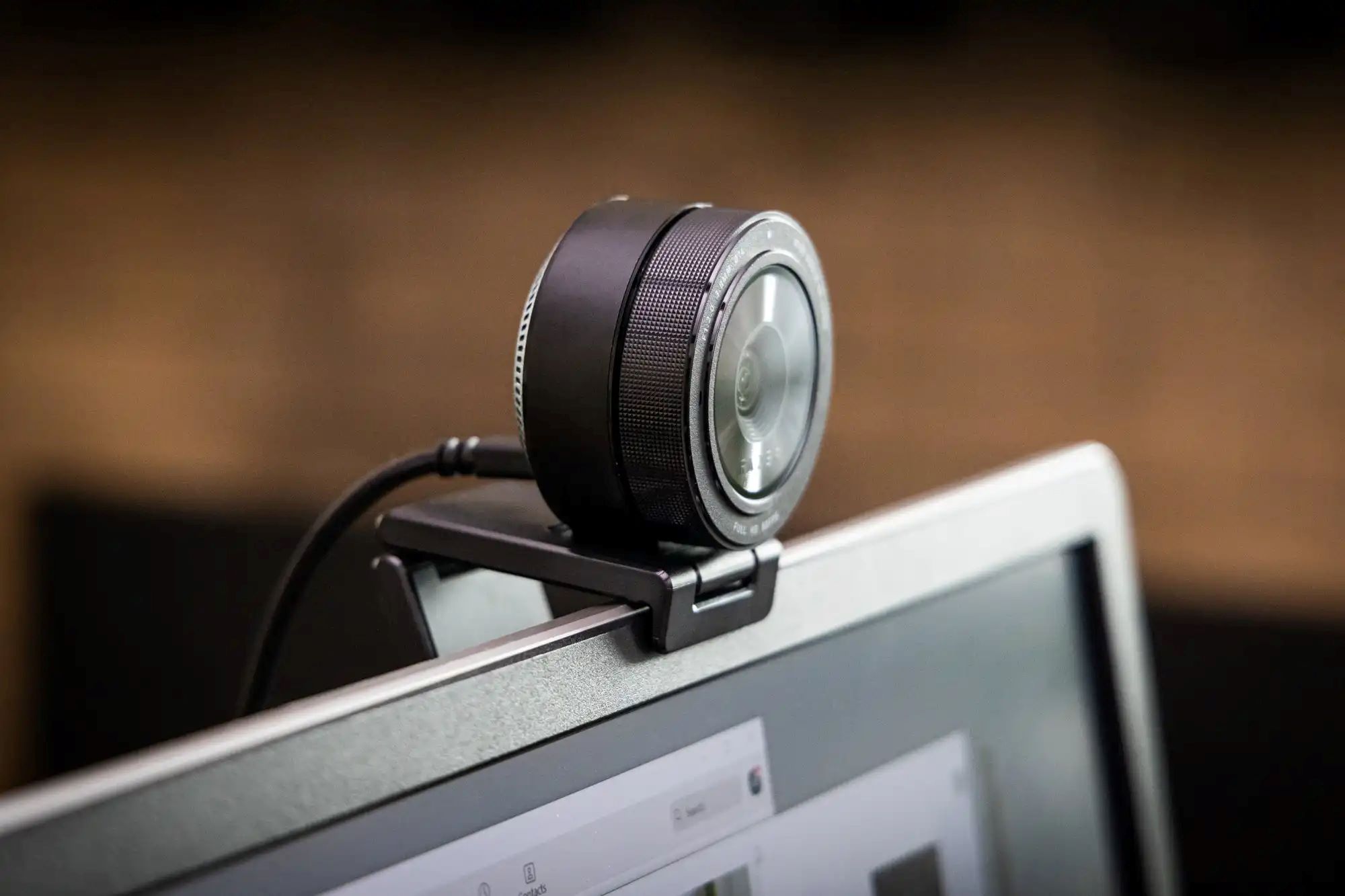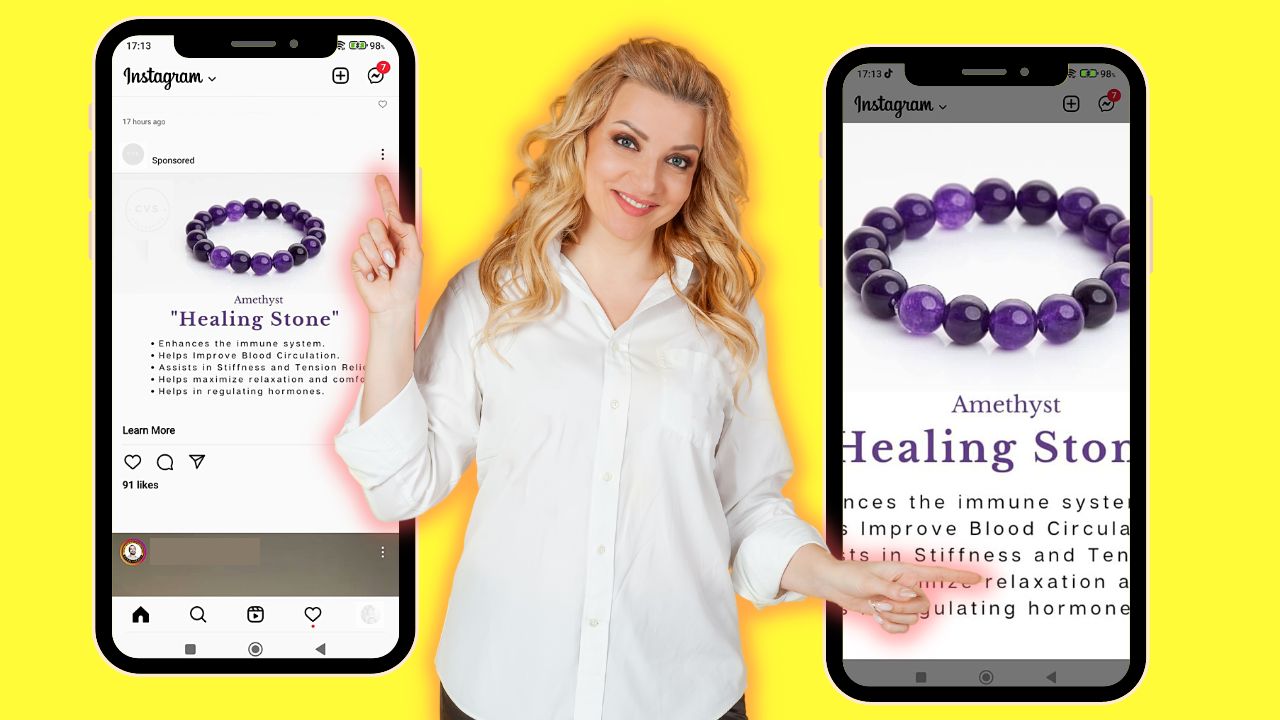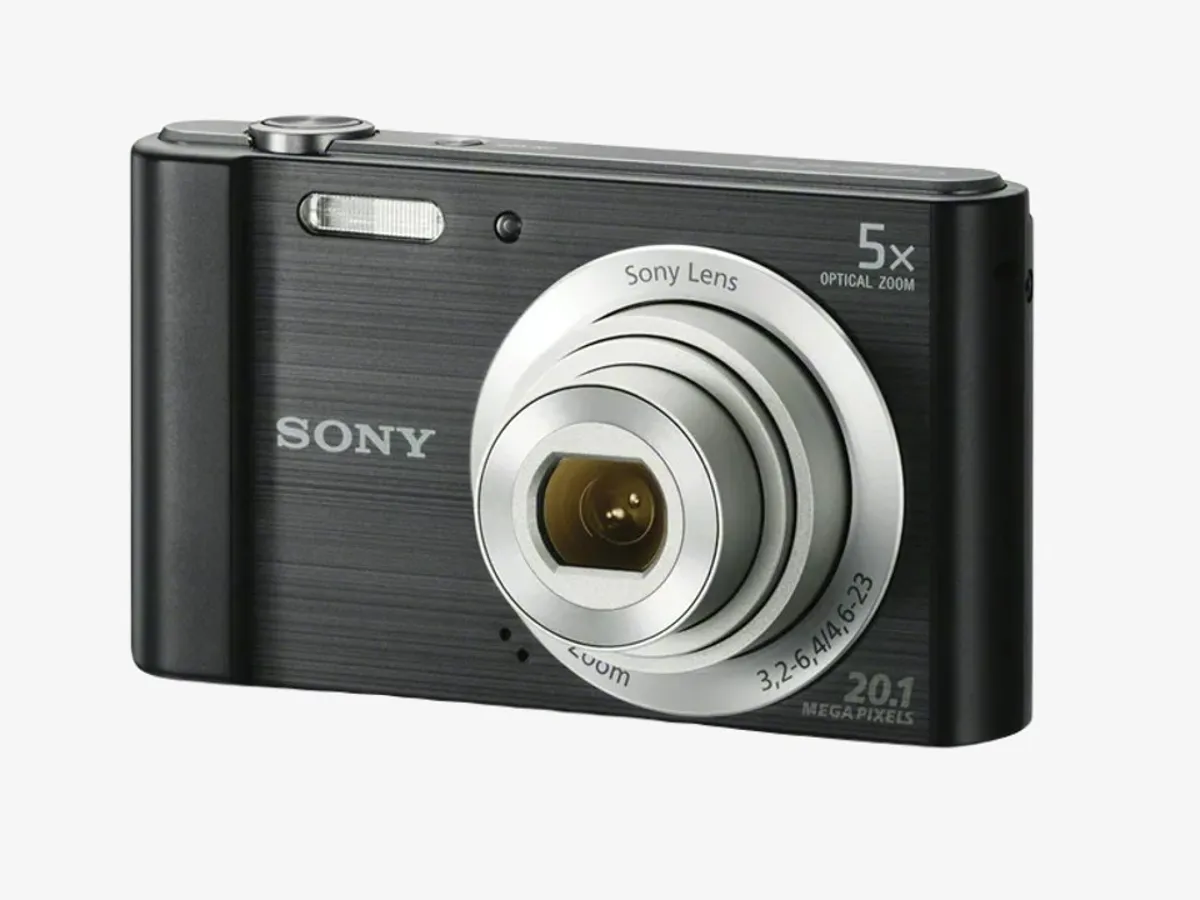Introduction
With the rise of remote work and virtual meetings, video conferencing has become a crucial part of our daily lives. Whether you’re attending a team meeting, a job interview, or catching up with friends and family, looking your best on Zoom can boost your confidence and make a positive impression on others.
While we can’t control every aspect of our appearance, there are several tips and tricks that can help you enhance your video presence. From optimizing your lighting and camera angle to selecting the right clothes, grooming, and body language, small adjustments can go a long way in making you look and feel your best during virtual interactions.
In this article, we will explore various techniques to help you improve your appearance on Zoom. From simple adjustments to more advanced strategies, we will cover everything you need to know to present yourself in the best possible light.
It’s important to note that while looking good on Zoom is valuable, it’s equally important to be comfortable and authentic. Don’t strive for perfection or compare yourself to others. The goal is to feel confident and present yourself in a way that reflects your personality and professionalism.
So, whether you’re preparing for an important video conference or simply want to look your best during online social gatherings, let’s dive in and discover the secrets to looking better on Zoom.
Choosing the Right Lighting
When it comes to video conferencing, lighting plays a crucial role in how you appear on screen. Poor lighting can make you look dull, washed out, or even create unflattering shadows. On the other hand, well-placed lighting can instantly enhance your appearance. Here are some tips for choosing the right lighting:
- Opt for natural light: Whenever possible, position yourself facing a window. Natural light is soft, flattering, and provides even illumination. Avoid sitting with your back to a window, as this can result in a silhouette effect.
- Avoid overhead lighting: Overhead lights can cast unflattering shadows on your face. Instead, use lamps or adjustable light fixtures to create a more flattering, soft light source.
- Use diffused light: If natural light is not available or too harsh, consider using a diffuser or sheer curtains to soften the light. You can also place a white sheet or fabric in front of your light source to create a similar effect.
- Position your light source properly: The key is to have the light source in front of you or slightly to the side. This will help illuminate your face without creating distracting shadows. Experiment with different angles and distances to find the most flattering lighting setup.
- Avoid mixed lighting: If you’re using both natural and artificial light sources, make sure they have the same color temperature. Mismatched lighting can create a strange and unnatural appearance on camera.
Remember, the goal is to have soft, even lighting that enhances your features and creates a natural-looking appearance. By taking a little extra time to set up your lighting, you can significantly improve your video presence on Zoom.
Positioning Your Camera
The positioning of your camera is essential for creating a flattering and professional look on Zoom. The right camera placement can improve your overall appearance and ensure that you are well-framed within the video call. Here are some tips for positioning your camera:
- Elevate your camera: Place your camera at eye level or slightly above. This helps to avoid unflattering angles and minimizes the appearance of double chins. If necessary, stack books or use a stand to achieve the desired height.
- Maintain a comfortable distance: Position yourself a comfortable distance from the camera. Being too close can exaggerate facial features, while being too far can make you appear distant and disconnected. Aim for a frame that includes your head and shoulders.
- Frame yourself centrally: Position yourself in the center of the frame to create a balanced and visually appealing composition. This helps to draw the attention of others and ensures that you are the focal point of the video call.
- Look directly into the camera: Direct eye contact is crucial for effective communication during video calls. To create a more engaging and personal connection, look directly into the camera rather than at your own image on the screen.
- Consider your background: Pay attention to what is visible behind you in the video frame. Ensure that the background is clean, uncluttered, and professional-looking. A simple backdrop or a virtual background can also be used to create a more polished appearance.
By implementing these camera positioning tips, you can present yourself in a way that is visually appealing and conveys professionalism on Zoom calls. Remember to adjust your camera setup before each video meeting to maintain a consistent and flattering appearance.
Arranging Your Background
While your appearance is important during video calls, the background behind you can also make an impact on how you are perceived. A cluttered or distracting background can take away from your presence and create a less professional impression. Here are some tips for arranging your background:
- Create a clean and uncluttered space: Before joining a video call, take a moment to declutter and tidy up the area that will be visible on camera. Remove any unnecessary items, distractions, or personal effects that may draw attention away from you.
- Choose an appropriate setting: Consider the context of your video call and select a background that is appropriate for the occasion. Opt for a neutral or professional-looking background, such as a blank wall, bookshelf, or tasteful artwork.
- Showcase your brand or personality: If you’re representing a brand or want to convey your personality, you can strategically include relevant items or a branded backdrop that reflects your identity. Just be sure not to overwhelm the viewer or create a distracting environment.
- Consider using virtual backgrounds: Some video conferencing platforms offer virtual background options that allow you to digitally replace your background. These backgrounds can help create a more polished and consistent look, masking any potential distractions in your physical environment.
- Test your background: Before joining a video call, test your background to ensure it appears as intended. Check for unwanted visual elements, lighting issues, or any other factors that may detract from your appearance.
Remember, your background should complement your presence and support the purpose of the video call. By organizing and arranging your background effectively, you can create a more professional and visually appealing setting that enhances your overall image on Zoom.
Framing Your Shot
How you frame yourself within the video call can greatly impact how others perceive you. By consciously considering the framing of your shot, you can create a visually pleasing and engaging presence on Zoom. Here are some tips for framing your shot:
- Use the rule of thirds: Imagine the video frame divided into thirds both vertically and horizontally. Position yourself at one of the intersecting points, known as the “power points,” to create a more visually appealing composition.
- Include head and shoulders: Ensure that your head and shoulders are clearly visible within the frame. This allows others to see your facial expressions and body language, enabling more effective communication.
- Leave some space above your head: Avoid having your head too close to the top of the frame. Leaving some space above your head provides a balanced composition and prevents your head from appearing cut off.
- Pay attention to your facial position: Angle your face slightly towards the camera to present your best side. This can help enhance your facial features and create a more flattering appearance.
- Consider the distance from the camera: Experiment with the distance from the camera to find the optimal positioning. Being too close can distort your features, while being too far may make you appear distant and disconnected.
By framing yourself effectively, you can create a visually appealing and engaging presence on Zoom calls. Take the time to adjust your camera positioning and framing before each video meeting to ensure that you are presenting yourself in the best possible way.
Optimizing Your Audio
While video quality is important, don’t underestimate the significance of having clear and high-quality audio during your Zoom meetings. Good audio enhances communication and ensures that your message comes across effectively. Here are some tips to optimize your audio:
- Use a reliable microphone: Invest in a good quality external microphone or headset. Built-in microphones on laptops or webcams may not provide the best audio quality and can pick up background noise.
- Choose a quiet environment: Find a quiet space for your meetings to minimize background noise. Close doors, windows, and turn off any noisy appliances or fans that can interfere with your audio quality.
- Test your audio settings: Before joining a meeting, ensure that your audio settings are properly configured. Test your microphone to make sure it’s working correctly and adjust the volume levels so that your voice comes across clearly.
- Use headphones: If you’re in a noisy environment or find that your microphone is picking up echo or feedback, consider using headphones. This can help eliminate background noise and provide a better audio experience for yourself and others on the call.
- Speak clearly and at an appropriate volume: Enunciate your words clearly and speak at a volume that can be easily heard by others. Avoid shouting or speaking too softly, as it can disrupt the flow of conversation or make it difficult for others to understand you.
By taking these steps to optimize your audio, you can ensure that your voice is clear and understandable during Zoom meetings. Clear audio enhances communication and allows for a more productive and engaging virtual interaction.
Selecting the Right Clothes
While attending virtual meetings, it’s important to dress in a way that reflects your professionalism and the tone of the meeting. Your choice of clothes can greatly impact how you are perceived by others. Here are some tips for selecting the right clothes for your Zoom calls:
- Dress appropriately for the occasion: Consider the nature of the meeting and dress accordingly. For formal business meetings, opt for professional attire such as a suit or a blouse with a blazer. For more casual or social meetings, you can go for a smart casual look.
- Avoid busy patterns and bright colors: On camera, busy patterns and bright colors can be distracting and may not translate well. Instead, choose solid colors or subtle patterns that are pleasing to the eye and won’t compete with your presence.
- Consider the contrast with your background: Take into account the background behind you and choose colors that provide a good contrast. For example, if you have a light background, wearing darker colors will help you stand out more clearly.
- Pay attention to your top half: Since the upper half of your body is the most visible on camera, focus on looking polished and presentable from the waist up. You can wear comfortable bottoms, but ensure that your top reflects a professional appearance.
- Minimize distractions: Avoid wearing excessive accessories, noisy jewelry, or clothing with bold logos that could draw attention away from you. Keep the focus on your face and your communication during the meeting.
Remember, dressing appropriately for your Zoom calls shows respect for the meeting and the people you are interacting with. By choosing the right clothes, you can create a professional and put-together image, ensuring that your appearance matches the purpose and tone of the virtual gathering.
Grooming Tips
Grooming plays a crucial role in how you present yourself on Zoom calls. Taking the time to groom yourself not only helps you look your best but also boosts your confidence during virtual meetings. Here are some grooming tips to help you make a positive impression:
- Maintain a well-groomed appearance: Ensure that your hair is neatly styled and looks presentable. If you have facial hair, keep it trimmed and well-groomed.
- Pay attention to your skin: Take care of your skin by establishing a skincare routine. Cleanse, moisturize, and exfoliate regularly to maintain healthy-looking skin.
- Keep a polished look: Men should shave or trim their facial hair for a clean and professional appearance. Women may touch up their makeup, focusing on a natural and polished look.
- Don’t forget about your nails: Ensure that your nails are clean and neatly trimmed. Well-groomed nails show attention to detail and overall cleanliness.
- Eliminate distractions: Check for any distracting elements, such as lint on your clothing or smudged glasses. These small details can have a significant impact on your overall appearance.
Remember that grooming is not about conforming to specific standards of beauty, but about presenting yourself in a way that reflects your professionalism and attention to detail. By implementing these grooming tips, you can enhance your appearance on Zoom calls and leave a positive impression on others.
Improving Posture and Body Language
Your posture and body language play a significant role in how you are perceived during Zoom meetings. By being mindful of your posture and using positive body language, you can convey confidence and professionalism. Here are some tips to improve your posture and body language on video calls:
- Sit up straight: Maintain good posture by sitting upright and avoiding slouching. Sit with your back against the chair and keep your shoulders relaxed.
- Engage with eye contact: Maintain eye contact with the camera to establish a sense of connection and engagement. This shows active listening and interest in the conversation.
- Use open and welcoming gestures: Keep your hands visible and avoid crossing your arms, as this can create a defensive or closed-off impression. Use natural and open gestures to enhance your communication.
- Smile and show enthusiasm: A genuine smile can go a long way in establishing rapport with others. Show enthusiasm and active participation by nodding your head and expressing agreement when appropriate.
- Minimize excessive movements: While it’s natural to use hand gestures when speaking, excessive movement can be distracting on camera. Be mindful of your movements and keep them purposeful and controlled.
- Be aware of facial expressions: Your facial expressions speak volumes, even on a video call. Maintain a neutral or pleasant expression, and be aware of any unintentional frowning, raised eyebrows, or other expressions that may be misinterpreted.
Remember, your body language can communicate just as much as your verbal words during video calls. By improving your posture and using positive body language, you can convey confidence, professionalism, and active engagement, leaving a lasting impression on others.
Using Filters and Virtual Backgrounds
Filters and virtual backgrounds can be powerful tools to enhance your appearance and create a more visually appealing environment during Zoom meetings. While they may not be appropriate for every situation, they can add a touch of creativity or professionalism to your video calls. Here are some considerations when using filters and virtual backgrounds:
- Built-in filters: Many video conferencing platforms offer built-in filters that can subtly enhance your appearance. These filters can help smooth out skin tone, adjust lighting, or add a touch of vibrancy to your overall look. Experiment with different filters to find the one that enhances your appearance without making it look artificial.
- Virtual backgrounds: Virtual backgrounds allow you to replace your real background with a digital image or video. They can help maintain privacy, hide any clutter or distractions in your physical space, or allow you to set a more professional or fun atmosphere. Choose a virtual background that is appropriate for the meeting and reflects your personality or the tone of the conversation.
- Consider your attire and complexion: Keep in mind that certain filters and virtual backgrounds may interact with your clothing or complexion in unexpected ways. Avoid using filters or backgrounds that clash with your outfit or make your appearance appear unnatural or unprofessional.
- Test your setup: Before using filters or virtual backgrounds in a meeting, test them out in advance. Check how they appear on camera, ensure they are not causing any performance issues or glitches, and make any necessary adjustments.
- Be mindful of distractions: While filters and virtual backgrounds can be visually appealing, avoid using ones that may be distracting or take the focus away from the content of the meeting. Choose options that enhance your presence without causing undue distractions for yourself or others.
Filters and virtual backgrounds can be valuable tools to enhance your appearance and create a more visually appealing video environment. Use them thoughtfully to add an extra touch of professionalism or creativity to your Zoom calls when appropriate.
Avoiding Distractions
In virtual meetings, it’s essential to minimize distractions to maintain focus and create a professional environment. By proactively addressing potential distractions, you can ensure that the attention remains on the meeting and the participants. Here are some tips for avoiding distractions during Zoom calls:
- Mute your microphone when not speaking: Background noise can be highly distracting to others. Remember to mute your microphone when you are not speaking to minimize any unintentional noise interference.
- Close unnecessary applications and notifications: Disable or silence any notifications that may pop up on your screen during the meeting. Close unnecessary applications or browser tabs to avoid potential distractions.
- Find a quiet and dedicated space: Choose a quiet environment for your Zoom calls, away from distractions and interruptions. Inform household members or colleagues about your meeting schedule to minimize any disturbances.
- Disable video if necessary: If you are experiencing poor internet connectivity or other technical issues that may cause your video to lag or freeze, consider disabling your video to prevent distractions for yourself and others.
- Stay focused and avoid multitasking: Give your full attention to the meeting and avoid multitasking or engaging in unrelated activities during the call. Active participation and attentive listening contribute to a more productive and meaningful conversation.
- Use headphones: Headphones can help to minimize external ambient noise and create a more immersive and focused audio experience for both you and the participants on the call.
By being mindful of potential distractions and taking steps to minimize them, you can create a more professional and engaging environment during your Zoom meetings. Remember, maintaining focus and attention on the meeting will not only benefit you but also contribute to a more successful and efficient conversation for everyone involved.
Conclusion
Looking better on Zoom goes beyond just appearances; it’s about presenting yourself in a confident and professional manner in the virtual world. By following the tips and strategies mentioned in this article, you can significantly enhance your video presence and make a positive impression on others.
Remember to pay attention to your lighting, camera positioning, background arrangement, framing, audio setup, clothing selection, grooming, posture, and body language. Each of these elements plays a part in how you are perceived in virtual meetings.
Utilizing filters and virtual backgrounds can add creativity and professionalism to your video calls, but be mindful of when and how to use them appropriately. Additionally, do your best to minimize distractions and maintain focus during meetings to ensure productive and engaging conversations.
Ultimately, the key is to strike a balance between optimization and authenticity. While it’s important to present your best self on Zoom, it’s equally important to be comfortable and true to your personality.
So, the next time you join a Zoom meeting, take a moment to implement these techniques and present yourself with confidence, professionalism, and a touch of your unique style. By doing so, you’ll not only feel more at ease during virtual interactions but also leave a lasting positive impression on everyone you connect with.

























